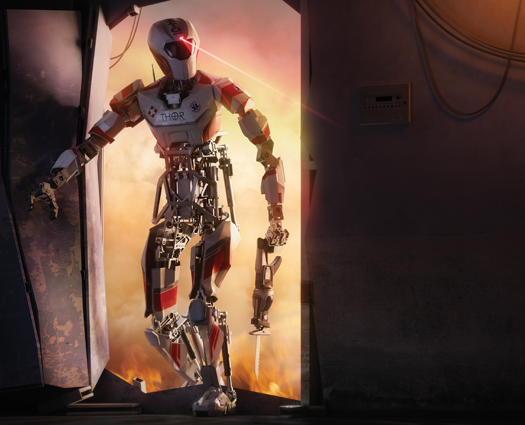

In Prabal Dutta’s lab at the University of Michigan, small wireless sensors keep tabs on energy usage, gathering data that could inform the next generation of smart buildings. They scavenge their own power from their surroundings, such as the slight magnetic field generated by an electrical wire. Dutta can trace the system’s roots back 23 years, to the March 1991 issue of Popular Science. A story on robotic insects sparked his interest in engineering. “I completely stopped caring about school at that point and started building robots,” he says.
Today, Dutta is known for elegant devices that obtain energy in surprising ways. For example, he built a system that plugs into the audio jack of smartphones, siphoning off the minuscule amount of energy that typically powers earbuds in order to run sensors that collect data. The technology has been used in everything from credit card readers to some of the more than 12,000 radiation sensors built by Japanese citizens after Fukushima. “Anybody could get a sensor and report data into the cloud,” he says. “Now visualizations of Japan have far greater granularity of radiation measurements than the government could ever provide.”
Dutta’s other projects include a set of cameras only a few cubic millimeters in size and lapel pins that track how air temperature, humidity, and the distance between speakers affects the spread of flu. And he’s still working to create ever-better versions of his little energy scavengers. “They’re really perpetual computers—they can run forever on whatever they can harvest from their environment,” Dutta says. They have almost equally infinite applications.
This article originally appeared in the October 2014 issue of Popular Science.
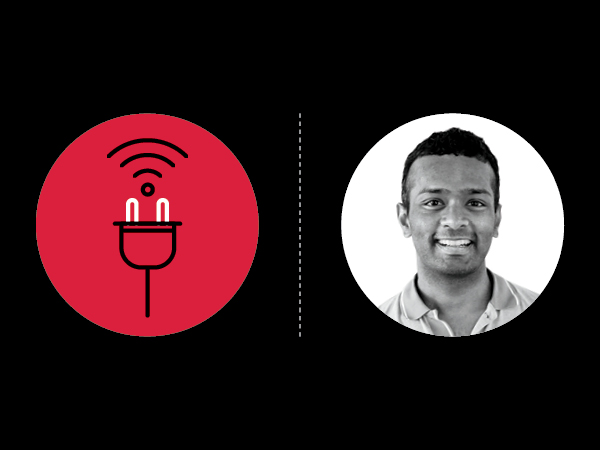
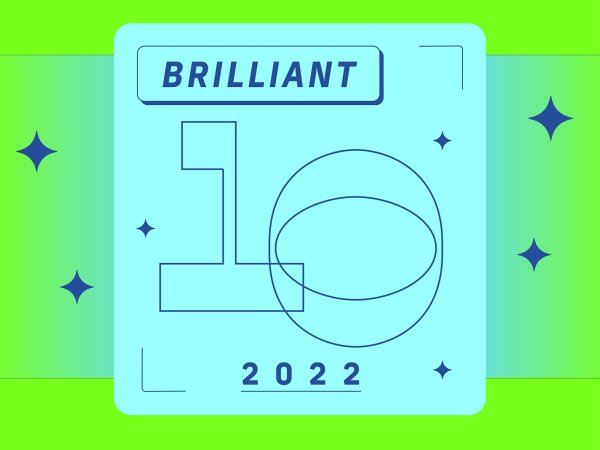

![Hackett Makes His Own Postapocalyptic Currency [Video]](https://www.popsci.com/wp-content/uploads/2019/03/18/VNYLWYNM7LT5SE2233OJDTL2BY.jpg?quality=85&w=405)
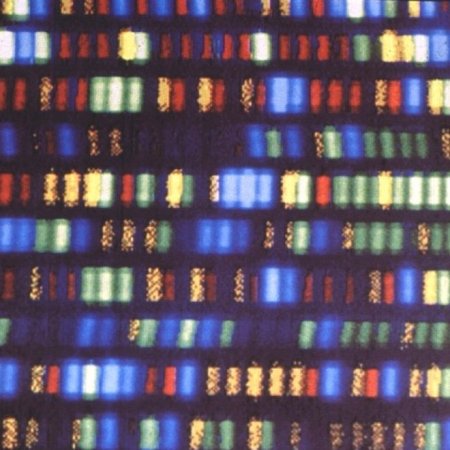


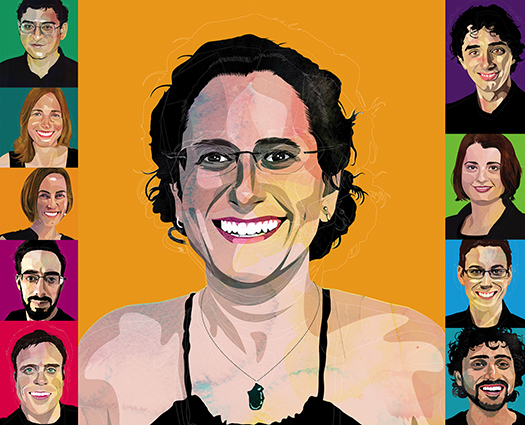
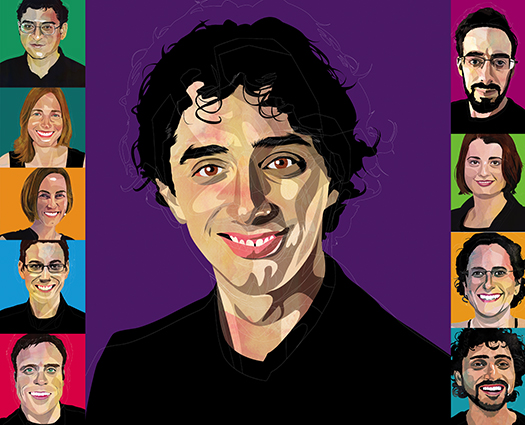

![Robots to the Rescue [Sponsored Post]](https://www.popsci.com/wp-content/uploads/2019/03/18/YPY36H5XFSOYHL3YSPBYMDQLUI.jpg?quality=85&w=525)

![The Sensitive Robot: How Haptic Technology is Closing the Mechanical Gap [Sponsored Post]](https://www.popsci.com/wp-content/uploads/2019/03/18/GHIQ5U4SEMDTEAY3HJ7NJH7XBY.jpg?quality=85&w=525)
